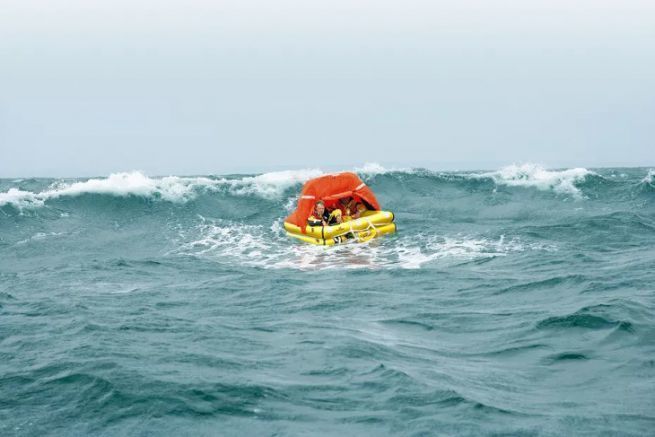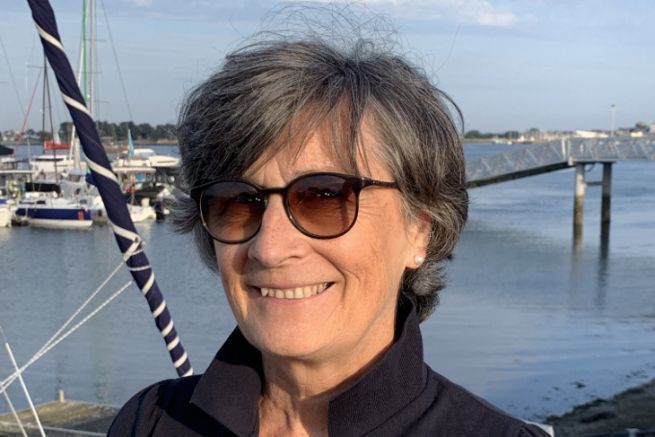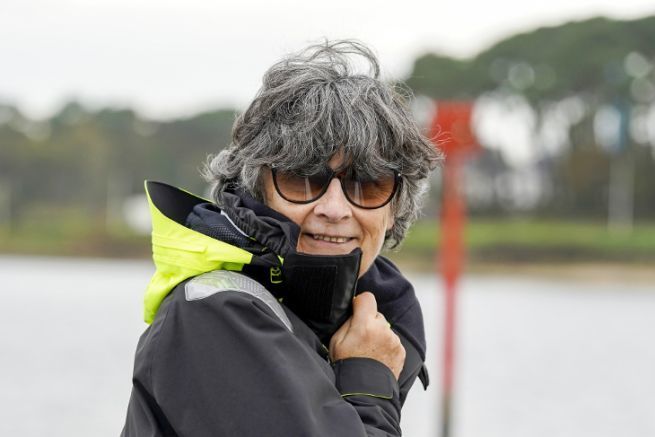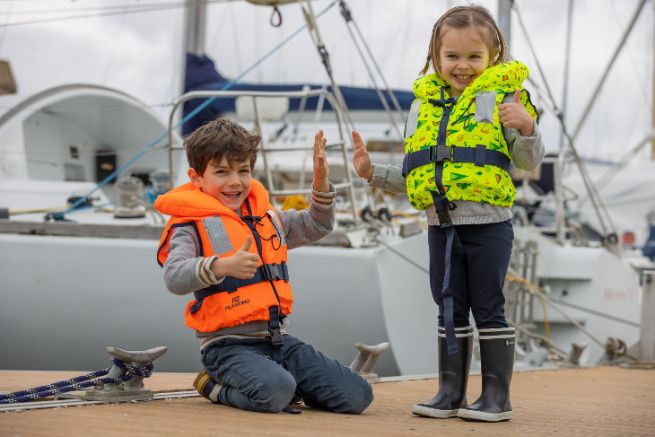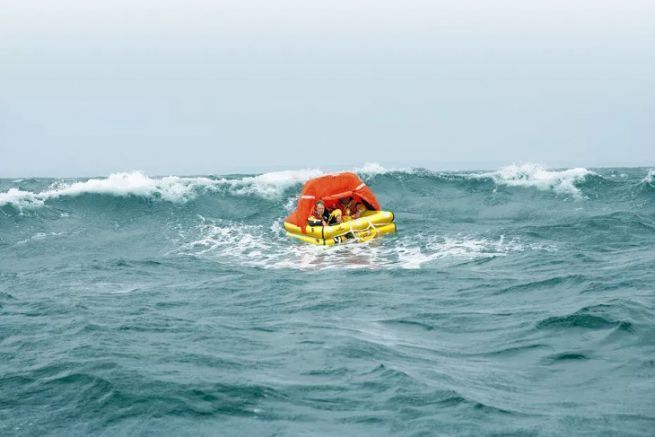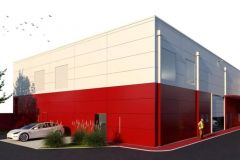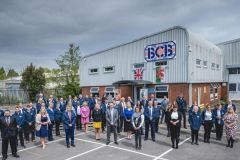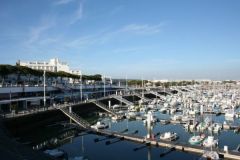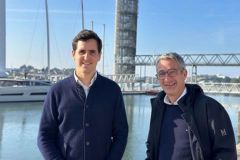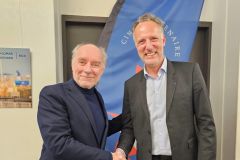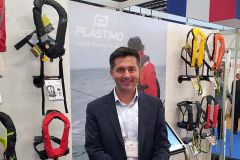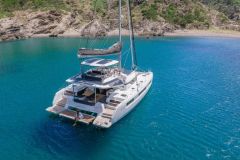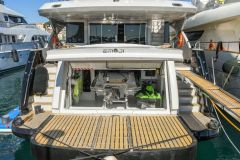It's a piece of equipment that we hope never to use, but that we are glad to have on board in case of distress: the life raft. Since its first liferaft in 1979, Plastimo has received testimonies from boaters who had to crash their liferafts. Cathy Millien, in charge of communication for the Lorient-based brand from 1985 to 2021, tells us the story that most affected her and the lessons for Plastimo.
What is the story of a shipwreck that has had the greatest impact on you?
At Plastimo, we receive 2 to 3 testimonials per year. Of course, there are those who come on board to transfer to another boat. But among the shipwrecks, the one that made the biggest impression on me was that of Alain Delord. We remained very close. He had undertaken a round-the-world trip, at the age of about 60, on his sailboat named Tchouk Tchouk Nougat. He was shipwrecked off Tasmania in 2012. His boat sank and he hit his Plastimo raft. One Friday afternoon, I received a call from the Cross, which was relaying the Australian authorities to get information from the number of the raft. As he had registered it well and had it serviced before leaving, I was able to tell them that it was a less than 24-hour model and that he had no supplies on board. The conditions were too harsh for rescue. He was turned over 5 times and had to right it. He spent 55 hours on the raft, but fortunately, thanks to the information the Australian authorities airdropped him some food. He was eventually rescued. On my side, I had his wife on the phone several times during the weekend while Alain was in his raft... It creates bonds!
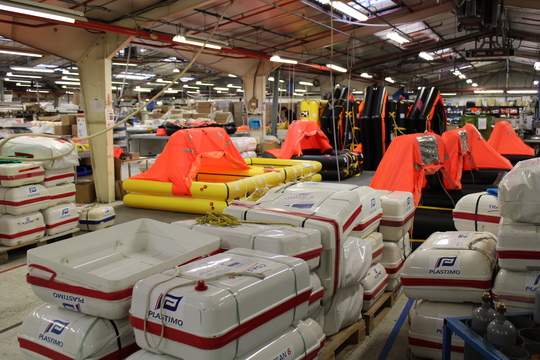
What lessons did Plastimo learn from this rescue experience?
Alain Delord is a discreet man. He bought himself a boat and is always attentive to what is going on. He came to the workshop to give us useful feedback, to say what was good and what was not so good. He is always ready to testify. For example, he didn't have glasses on board the raft and was reluctant to fire his flare for fear of punching a hole in the raft because he couldn't read the direction of the flare. Thinking about putting magnifying glasses or a spare pair on board can be interesting!

The other coincidence of this rescue is that the person from the Australian Navy who rescued him is none other than Don McIntyre, the current organizer of the Golden Globe Race (Editor's note: a 1968 Golden Globe-style round-the-world sailing race). When he created the race, I didn't remember his name, but he also rescued VDH, which was dismasted in 2003 off Australia. And he gave us a lot of questions and additional requests for our rafts for the race. And then I understood why he knew our rafts so well. As a result, we are now a safety partner in his 3 races (GGR, Ocean Globe Race and MiniGlobe 580). It's a small world! and a rescue creates very strong links. In the same vein, but for professional use in races, Kevin Escoffier was able to give us his comments which our Research Department is currently examining in order to further improve our product. Finally, in all cases of shipwreck, feedback has another virtue: to constantly motivate our teams, to remind our operators how important each weld, each valve, each seam, each operation is. Of the number of rafts that leave the Lorient plant, a small percentage will be used. But when a shipwrecked person comes to the workshop to talk to you about it, it reminds you of your responsibility and it's really heartwarming to have him or her in front of you!

